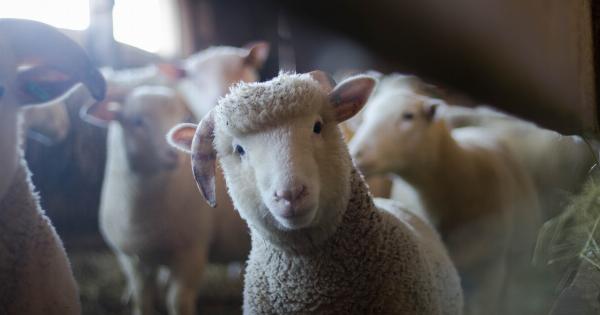Indiana University’s innovative algorithm has revolutionized the way super models are detected in the fashion industry.
With the use of cutting-edge technology and advanced data analysis techniques, this algorithm has proven to be a game-changer in the modeling world.
The Need for Innovation
The fashion industry has always been on the lookout for fresh faces and exceptional talent. Prior to the development of Indiana University’s algorithm, the process of identifying potential super models was laborious and time-consuming.
Scouts and agencies would rely on subjective evaluations and personal opinions, which often resulted in missed opportunities and overlooked talent.
The Birth of the Algorithm
Recognizing the need for a more objective and efficient method, a team of researchers at Indiana University set out to develop an algorithm that could analyze various factors and predict the likelihood of an individual becoming a super model.
Data Collection and Analysis
The researchers started by collecting a vast amount of data, including physical attributes, facial features, body proportions, runway performances, and social media presence of established super models.
This data served as the foundation for training the algorithm.
Machine Learning
The algorithm was designed to utilize machine learning techniques to identify patterns and correlations between the collected data and the success of super models in the industry.
By analyzing thousands of data points and continuously learning from new inputs, the algorithm was able to refine its predictions and improve its accuracy over time.
Feature Extraction
One of the key aspects of the algorithm is its ability to extract relevant features from the input data. This involves identifying the physical attributes, facial features, and body proportions that tend to be most common among successful super models.
By focusing on these features, the algorithm can quickly assess the potential of individuals and provide accurate predictions.
Validation and Testing
The researchers conducted extensive validation and testing to ensure the algorithm’s effectiveness.
They compared the algorithm’s predictions with the actual success of super models in the industry, taking into account factors such as international recognition, runway appearances, and modeling contracts. The algorithm consistently demonstrated a high degree of accuracy, outperforming the traditional scouting methods used by agencies.
Integration into the Fashion Industry
The success of Indiana University’s algorithm has led to its integration into the fashion industry. Many top modeling agencies now use this innovative technology to identify potential super models.
The algorithm has significantly streamlined the scouting process, allowing agencies to focus their efforts on individuals with a higher likelihood of success.
The Impact on Diversity and Inclusion
Prior to the algorithm’s introduction, the modeling industry faced criticism for its lack of diversity and inclusion. The subjective nature of scouting often resulted in a limited representation of different body types, ethnicities, and cultures.
However, the algorithm’s objective approach has helped address these concerns. By considering a wide range of physical attributes and features, the algorithm has played a crucial role in promoting diversity and inclusivity within the industry.
Future Possibilities
The success of Indiana University’s algorithm opens up a world of possibilities for the fashion industry.
With further advancements in technology and data analysis, the algorithm could be refined to consider additional factors such as personality traits, individual style, and adaptability. This could create a more comprehensive and accurate model for predicting success in the industry.
Conclusion
Indiana University’s innovative algorithm has transformed the way super models are identified in the fashion industry.
By leveraging cutting-edge technology and advanced data analysis, this algorithm has provided a more objective and efficient method of scouting talent. Its impact on diversity and inclusion cannot be overstated, as it has helped break the traditional mold and increase representation within the industry.
With its continued development and integration, the algorithm holds the potential to shape the future of the modeling world.



























